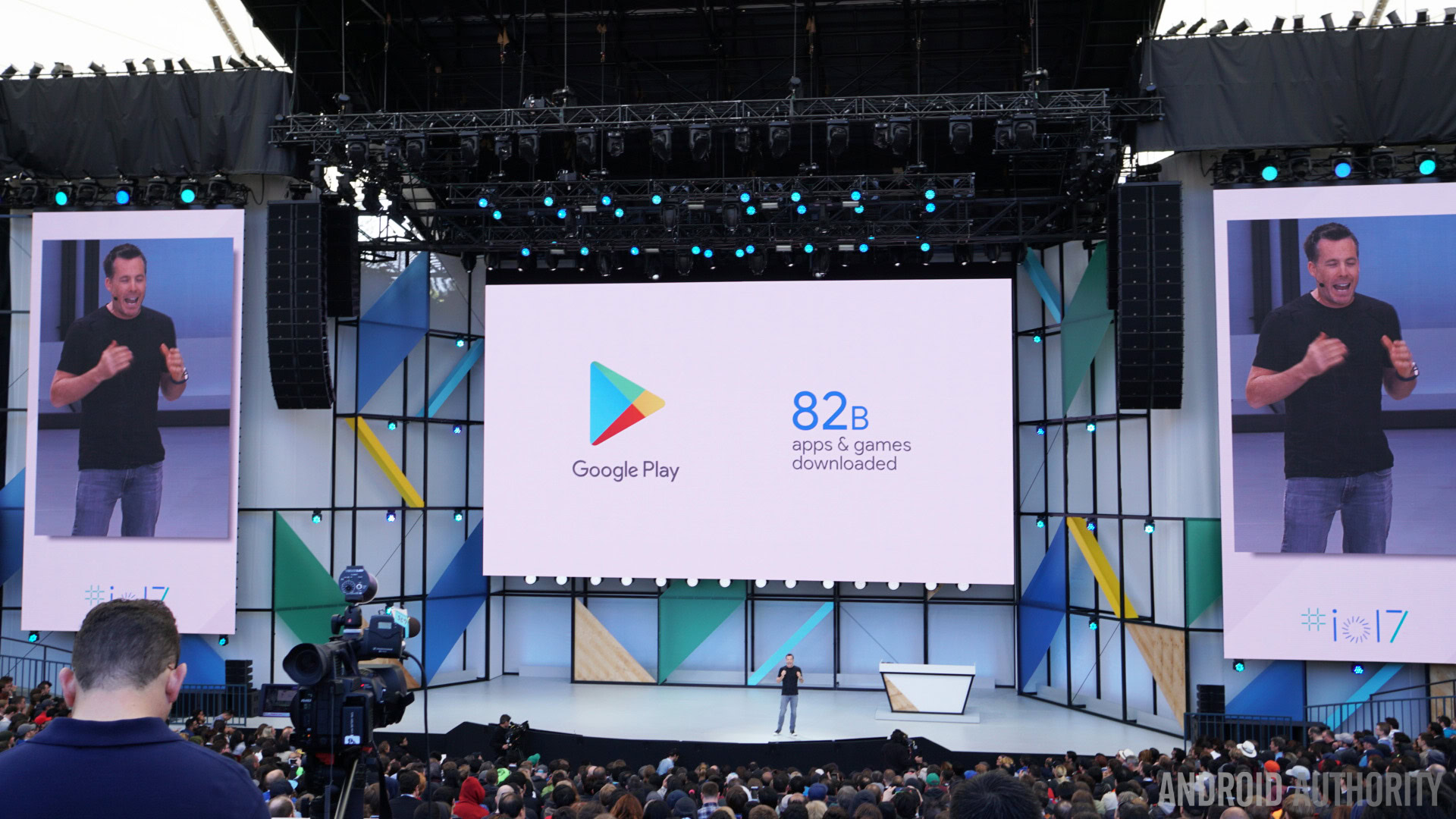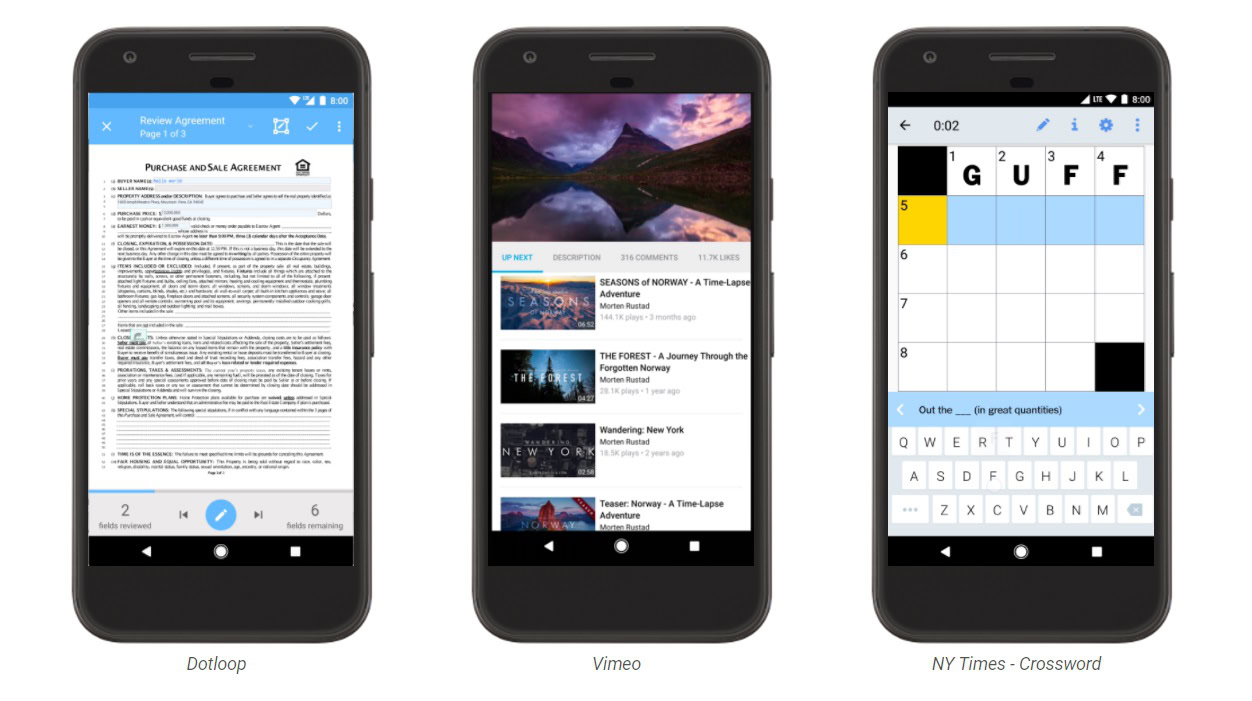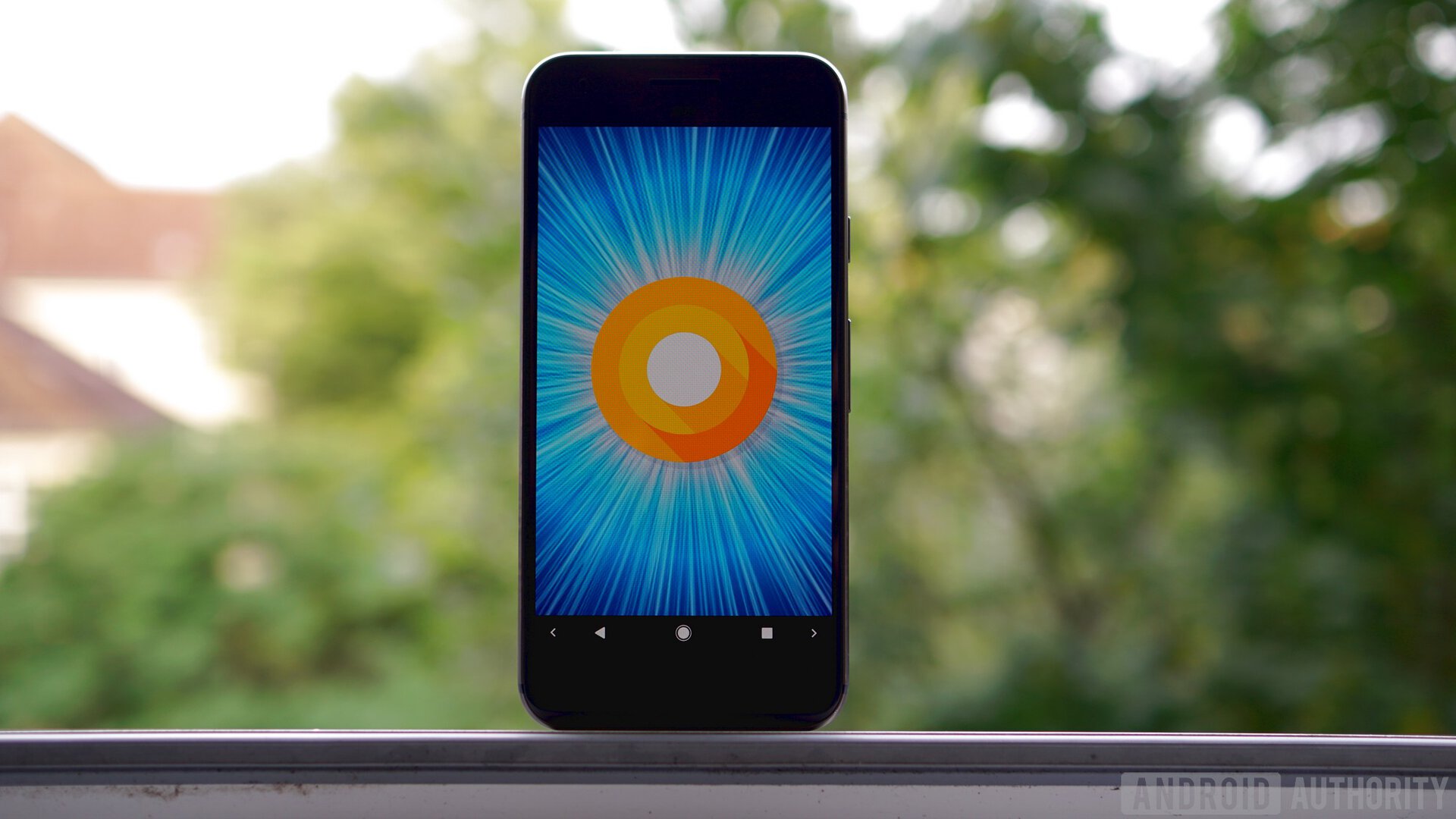Affiliate links on Android Authority may earn us a commission. Learn more.
What Android Instant Apps mean for Google Play install numbers

During the I/O keynote yesterday, two figures loomed large: two billion active Android devices and 82 billion app installs in the last year. Like it or not, install figures still matter, even to Google. But with Android Instant Apps now an option for anyone interested in making one, what will next year’s Google Play install figures look like?
Logic seems to dictate that the more successful Instant Apps become, the worse it looks for Google Play. Google is now advising developers to come up with new markers of success now that install numbers are no longer the most accurate metric. But what about Google? How should Google measure success if one hand is effectively stealing from the other?
How should Google measure success if one hand is effectively stealing from the other?
According to Google, that kind of internal re-evaluation won’t be necessary because it’s not expecting Instant Apps to affect Google Play install numbers at all. While this may sound a little presumptuous, one can only assume Google has data with which to back up the claim. Instant Apps have been around for a year now after all.
Instead, Google expects that Instant Apps will exist as a kind of addendum to the normal state of install affairs. Google sees Instant Apps as more of an on-boarding tool for new users of the full app rather than as an alternative to forced installs of an unwanted app. Following that logic, Google Play install figures should grow at best or remain constant at worse. But Instant Apps usage should be free to grow at the same time. So far so good.

Think about it: all those apps you’d never realistically keep installed on your phone can now be accessed on demand. Examples were given of a museum app you only need for its map for a day visit or a food-to-seat delivery app at a sports stadium you only plan to use once. According to Google, rather than being forced to install those apps (and later remove them), most people would simply go without.
In this example, Instant Apps supposedly flip the script. Those same people can now enjoy those (unappealing) apps’ functionality for the moment via Instant Apps without having to commit to a full install. But this example runs in opposition to both of Google’s claims: that Instant Apps are an effective on-boarding tool for the full apps and that their use won’t affect Google Play install figures. Sure, people might use them in these particular situations, but they’re just as unlikely to install the full app afterward.
Google has no other Play Store metric with as much sex appeal as total install numbers.
Only time will tell exactly how Instant Apps will affect Google Play. Whether they will encourage even greater adoption of new apps or simply provide an alternative that decreases Google’s annual app install metric. While developers can easily reassess how they measure the value of their app, Google has no other Play Store measure with as much sex appeal as total install numbers.

We’re unlikely to see Instant App “instances” listed in Google Play alongside install figures. And for those apps that live fruitful lives as Instant Apps but never see significant spike in installs, they won’t benefit from receiving positive reviews from temporary users either. That’s because rating apps is still an exclusive benefit reserved for those that install the full app, no matter how closely the Instant App resembles it.
One can only assume Google will be closely following Instant Apps usage and monitoring conversion rates and the like as they continue to roll out. So it’ll be interesting to see if we ever get Instant App usage rates listed alongside Google Play install figures in I/O keynotes to come, or whether Google was right and both numbers will grow alongside one another without any cannibalization.